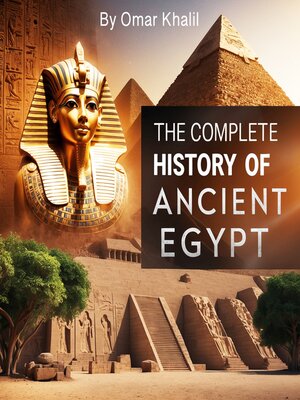
Sign up to save your library
With an OverDrive account, you can save your favorite libraries for at-a-glance information about availability. Find out more about OverDrive accounts.
Find this title in Libby, the library reading app by OverDrive.



Search for a digital library with this title
Title found at these libraries:
| Library Name | Distance |
|---|---|
| Loading... |
The story of Ancient Egypt begins along the fertile banks of the Nile River, where geography shaped the destiny of one of the world's most iconic civilizations. The Nile provided more than just water—it was the lifeline that enabled agriculture, transportation, and trade, making permanent settlement possible in an otherwise arid desert. As early as 5000 BCE, small communities began to emerge, relying on the predictable flooding of the river to support grain cultivation. Over time, these settlements evolved into more complex societies, each developing distinct cultural and political practices.
The predynastic period saw the rise of two major regions: Upper Egypt in the south and Lower Egypt in the north. These regions were marked by different customs, burial practices, and artistic expressions, yet both shared a reverence for the Nile and its central role in life and death. Villages grew into city-states ruled by local chieftains, and as competition and alliances formed, a gradual move toward centralization began. Archaeological evidence, including pottery styles and tomb construction, shows increasing social stratification and technological innovation during this period.
The unification of Upper and Lower Egypt around 3100 BCE marks the beginning of pharaonic rule and the dynastic era. Traditionally attributed to a ruler named Narmer (also known as Menes), this event was not just a political milestone but also a cultural one. Narmer's unification is immortalized on the Narmer Palette, a ceremonial artifact that symbolically represents the king's authority over both lands. With unification came the birth of a centralized administration, standardized religious practices, and a single ruler who was seen not only as a political leader but also as a divine intermediary between the gods and the people.







